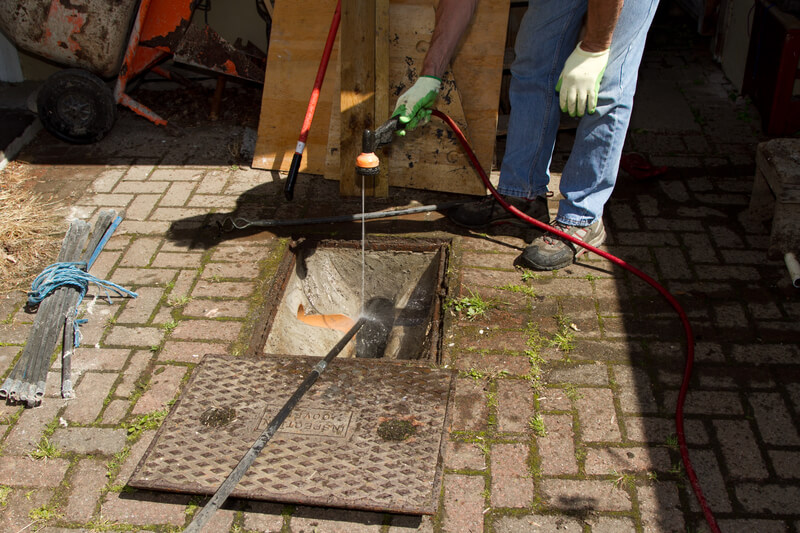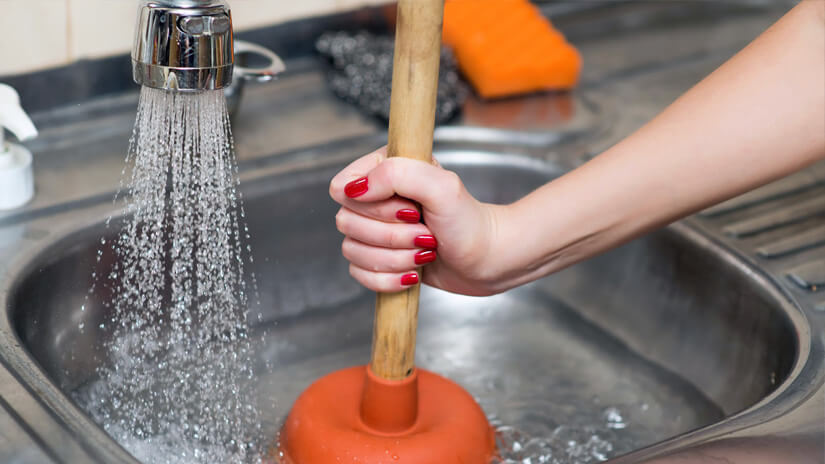Strategies for Dealing with a Blocked Drain Before Contacting Plumbing Experts
Strategies for Dealing with a Blocked Drain Before Contacting Plumbing Experts
Blog Article
We have uncovered this article about Some easy tips to fix blocked drains down the page on the net and believe it made sense to relate it with you in this article.

Introduction
Handling an obstructed drain can be a discouraging experience, interrupting daily tasks and potentially triggering damage to your building. Nonetheless, before connecting to pipes specialists, there are steps you can require to address the issue yourself. In this guide, we'll explore DIY services and preventive measures to tackle an obstructed drainpipe properly.
Recognizing the Problem
The initial step in resolving an obstructed drain is recognizing the indicators. Sluggish water drainage, gurgling noises, foul odors rising from drains, or water backing up prevail indicators of an obstructed drainpipe. Identifying these indications early can assist stop even more complications.
Selecting the Right Pipes Solution
When selecting a plumbing service, take into consideration factors such as experience, licensing, and consumer testimonials. Select a trusted plumbing technician with a performance history of top quality workmanship and transparent prices techniques.
Expense Factors to consider
The price of professional drain cleaning services can vary depending upon the intensity of the blockage and the plumbing professional's prices. Demand quotes from several companies and inquire about any service charges to guarantee transparency and avoid shocks.
Safety Precautions
When attempting DIY drain cleansing, focus on security. Put on protective gloves and eyewear to prevent contact with damaging chemicals or germs. Never blend different drainpipe cleansing items, as this can produce dangerous fumes.
Case Studies
Real-life examples highlight the effectiveness of do it yourself options and the significance of timely professional treatment in resolving drainpipe obstructions.
Typical Root Causes Of Obstructed Drainpipes
Recognizing the aspects that add to drain pipes blockages is necessary for efficient resolution. Typical culprits include hair, soap scum, oil, food debris, and international items like sanitary items or paper towels. Tree roots invading underground pipes can likewise trigger substantial clogs.
DIY Solutions
For minor obstructions, several do it yourself options can be efficient. Pouring boiling water down the drain can help liquify oil and debris. Sodium bicarbonate and vinegar or a mix of salt and cooking soft drink can serve as natural cleansers. Making use of a plunger or pipes serpent to dislodge obstructions is an additional alternative.
Tools and Equipment
Having the right devices handy can make DIY drain cleaning more effective. A bettor is a functional device for clearing obstructions in sinks, toilets, and showers. A plumbing serpent or auger can reach deeper blockages, while drainpipe cleansing chemicals can be used meticulously for persistent clogs.
Preventive Measures
To avoid future obstructions, embracing safety nets is crucial. Set up drainpipe guards or filters to catch hair and particles before they get in the pipes. Routinely flush drains pipes with warm water to dissolve oil accumulation, and prevent dealing with oil or solid waste down the tubes.
When to Call a Professional
While DIY options can resolve small clogs, particular signs suggest the need for professional assistance. Relentless obstructions, foul odors regardless of cleaning efforts, or multiple drains pipes backing up at the same time are red flags that require skilled treatment.
Conclusion
By complying with the tips described in this overview, you can successfully take on blocked drains and stop future pipes problems. Whether selecting DIY remedies or seeking professional help, punctual action is vital to maintaining a healthy and balanced plumbing system and protecting the integrity of your home.
WHAT I LEARNED FROM TRYING TO DEAL WITH A CLOGGED DRAIN
We have had our share of seepages and other annoying things that are part of living, especially in an apartment complex. And if there’s one thing that’s terrifying for a homeowner—or even someone in a rented home—it is a clogged drain, indoors or outdoors.
We enjoy our living space, but it’s simply a fact of life that dead skin, soap and a host of other items go down the drain; eventually, the residue builds up and prevents anything from moving. Ugh.
Not Calling A Professional
Of course, it might seem simple to just whip the pipe off under the sink and see if you can unblock it. Unfortunately, what if the blockage isn’t there, or you don’t reconnect it properly? Worse, you might break a piece and have no drainage system. Can you imagine that scene? Yuck!
Not Watching Your Waste
This will sound d’uh, but the best tip I can give you for drain cleaning is to avoid clogging the drain in the first place! You can do this by monitoring what goes down the drain and catching the items which are most likely to give you a problem. Invariably hair, vegetable peels, and large wads of toilet paper are the most obvious culprits. Add a filter—these are available in hardware stores and can be removed and cleaned easily.
Poking The Drain
The first urge with a clogged drain is to poke at it with a stick or anything that resembles a stick. Sadly, this does not result in magically solving the issue. The mental image is, naturally, one of the stick just pushing through the offending item and all is well again. Reality is quite different and unpleasant and likely to lead to further problems.
The thing is, every drain has a series of bends that are not visible to us. Drains are built this way to prevent gases from entering the house. What happens when you poke a stick into the drain? Of course, it can’t bend around the corner. The more adventurous people will use force and end up wedging the stick or causing it to break off in the pipe—creating an even bigger issue. Worst thing? The stick will shift the block further down the pipe, creating the space for more to collect. Go ahead! Roll your eyes!
Using The Wrong Plunger
You know what they say: the right tool for the right job! Did you know there are different types of plungers besides the basic one we keep at home for an emergency? Yes, there are. For example, the toilet plunger has a bell-shaped bottom while the sink plunger is flat. This is an important difference and using the wrong plunger will be useless. There’s also a knack in using plungers—they must be placed in such a way that they create an airtight seal and then, moved slowly up and down—not as fast as we imagine.
https://vidyasury.com/2018/01/learned-trying-deal-clogged-drain.html

We had been shown that write-up about How to handle a clogged drain in your home from someone on a different web property. Sharing is good. You never know, you may just be helping someone out. Thank you so much for your time spent reading it.
Book Report this page